We discover the world of car parking lift for home and their types. We also explore in our official page about hydraulic lift, pneumatic elevators, and traction car elevators. Learn how these car parking elevators work, their advantages, challenges, and applications. Find the perfect lift for your car with expert insights.
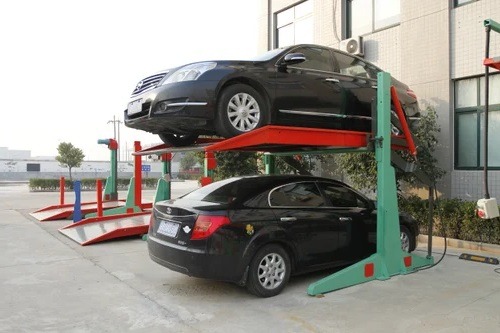
What is a Car Parking Lift?
A car parking lift, also known as a car elevator or vehicle lift, is a mechanical device designed to vertically transport and store automobiles. Unlike standard parking setups, these lifts make optimal use of vertical space, allowing for a more compact stacking of cars.
Mostly used in following places:
- Residential buildings
- Commercial spaces
- car showrooms
How To Car Parking Lift Work?
A car parking lift is designed to elevate a vehicle on a platform, creating space for another car to park underneath. Subsequently, the lift can safely lower the platform once the second car moves out.
One common type of car parking lift
Hydraulic lifts operate by using a pump to push a liquid, typically hydraulic fluid or oil, from a fluid container into a hollow cylinder.
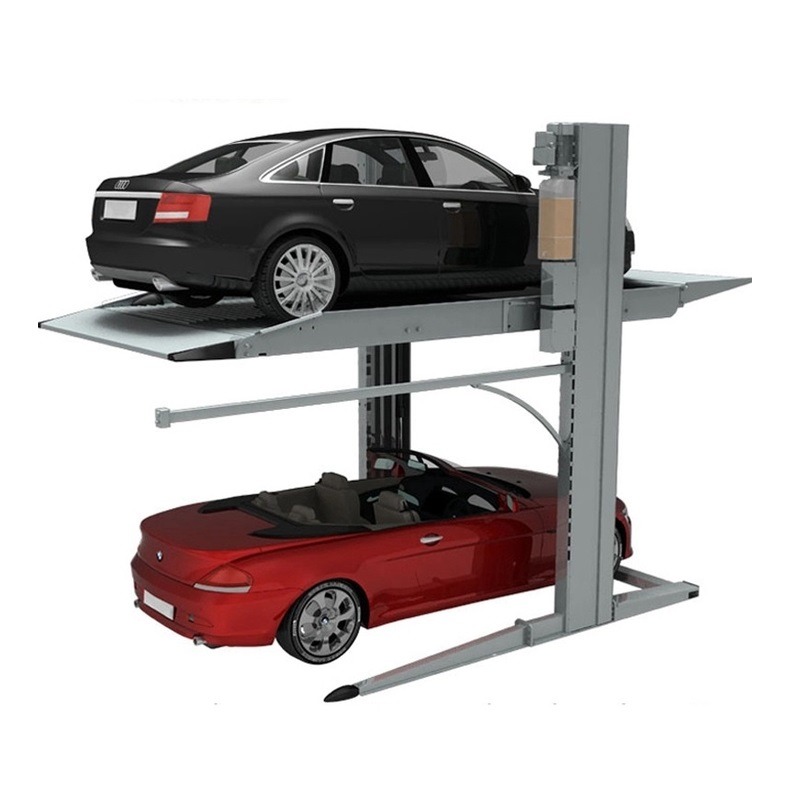
Filling the cylinder with liquid compels it to force the enclosed piston upward, creating the vertical movement of the lift. Usually, electricity activates the initial movement of the pump.
Other types of car parking lifts
car parking lifts include mechanical stacking solutions, semi-automated parking systems, puzzle parking systems, and pit parking lifts. So, Each type of lift has its unique mechanism and operational principles.
Note that car parking lifts for home offer space-saving solutions primarily for parking vehicles and not for automotive service, maintenance, or repairs.
Types of Car Parking Lifts
- Double-Stack Parking Lifts.
- Vertical Auto-stacker Systems.
- Puzzle Parking Systems.
- Rotary Parking Systems.
- Pit Parking Lifts.
- Hydraulic vs. Pneumatic Lifts: Pros and cons.
Choosing the Right Car Parking Lift
Basically, People are choosing a Right car parking lift based on many factors. We are here listing below few important factors that can help you, if you are in the stage of planning car parking elevators.
- Evaluating your parking needs and objectives.
- Budget considerations.
- Identifying reputable manufacturers or suppliers.
- Requesting quotes and comparing options.
- Seeking expert advice and recommendations.
Considerations for Home Car Parking Lift in India
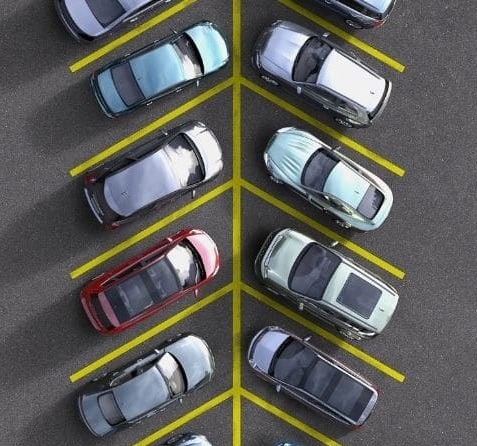
Space Availability and Requirements
Assess space for installation, considering dimensions, height restrictions, and potential obstructions. Determine the number of vehicles the lift must accommodate. Consider maneuverability for entering and exiting, both for the lifted vehicle and neighboring ones. Calculate necessary overhead clearance for safe operation.
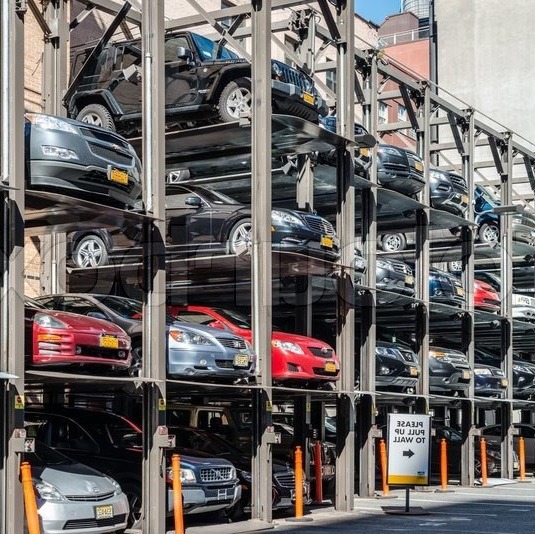
Weight and Size Restrictions
Check the car parking lift’s weight capacity to meet your vehicle requirements. Ensure your vehicles fit properly on the lift’s platform by considering their size and dimensions. so, be aware of any manufacturer-specified restrictions on vehicle types, weights, or sizes.
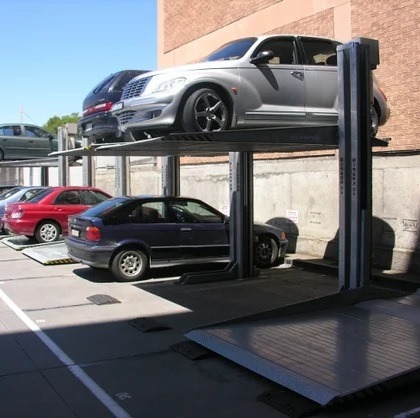
Ease of Installation and Maintenance
Assess the installation process for ease in your location. Consider the availability of professional installers with expertise for proper setup. So, Choose lifts with user-friendly maintenance and easy access to components for regular upkeep.
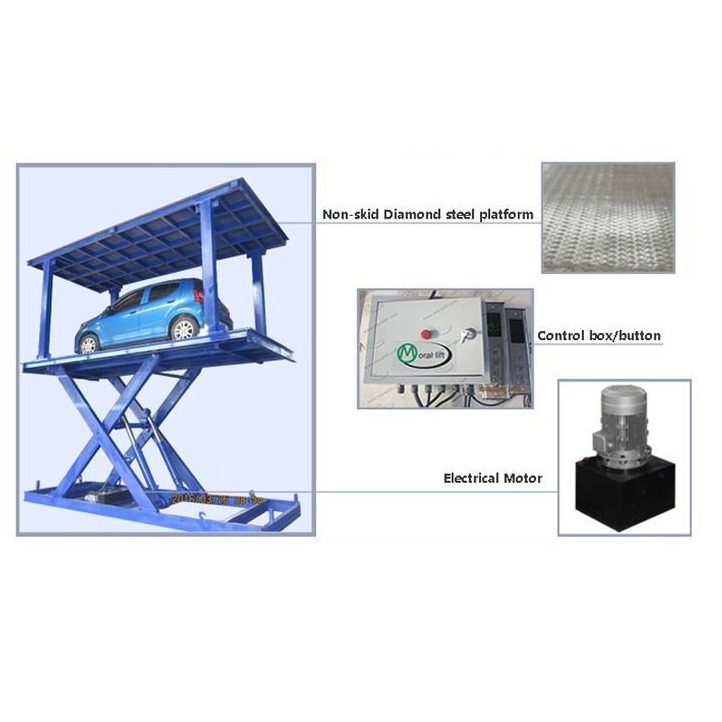
Power Supply and Backup Options
Check the power requirements of the car parking lift and ensure your home has suitable electrical connections. Consider backup power options like battery backups or generators for uninterrupted operation during power outages. Also, verify safety features and compliance with industry standards.
What is the standard size of car parking in India?
According to the guidelines set by the Chennai Metropolitan Development Authority (CMDA), a car parking space in India should have a minimum width of 2.5 meters (8’2″) and a minimum length of 5 meters (16’4″). This size recommendation is also supported by the National Building Code for public parking areas, although it may vary slightly depending on the specific city or state regulations.
Additionally, the National Building Code specifies that a parking space for a four-wheeler should be at least 13.75 square meters, while for two-wheelers, it should be at least 1.25 square meters. According to hmhub, a suburban area typically requires around 1,000 square feet to park three cars, while an urban area may need around 900 square feet for the same purpose.
Please note that these guidelines and recommendations serve as a general indication, and it’s essential to refer to the specific regulations and norms in your city or locality for accurate and up-to-date information regarding car parking space requirements.
Benefits of Car Parking Lift
Accordingly, We are informing you here that we are listing 5 important benefits of car parking lift. it is absolutely helpful to you.
- Maximize limited space usage: Car parking lifts efficiently utilize vertical space, allowing you to park multiple vehicles in a compact area.
- Enhance security and protection for your vehicles: With dedicated access controls, car parking lifts provide a secure environment for your valuable vehicles.
- Offer convenience and ease of use: Car parking lifts simplify the parking process, offering a convenient and user-friendly solution.
- Potentially add value to your property: The installation of a car parking lift can enhance the overall value and appeal of your property.
- Future-proof your parking needs: Investing in a car parking lift anticipates and addresses future parking requirements, ensuring a sustainable solution for years to come.
Car lift parking system price in India
in India, Car lift parking system price depends on factors. Which like the type of system, weight capacity, brand, and installation charges. Typically, Lift Prices range from approximately ₹1 lakh (USD$1,350) to over ₹5 lakhs (USD$6,750).
in this page, You will get punch of details about car parking unit. are you living in India, are you are interested to install this technology into your home contact us.
